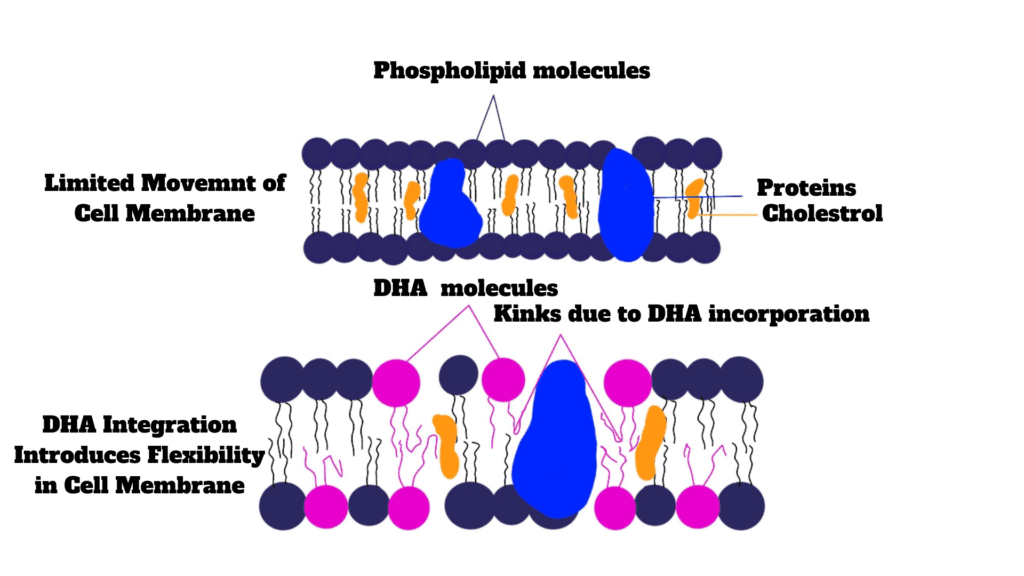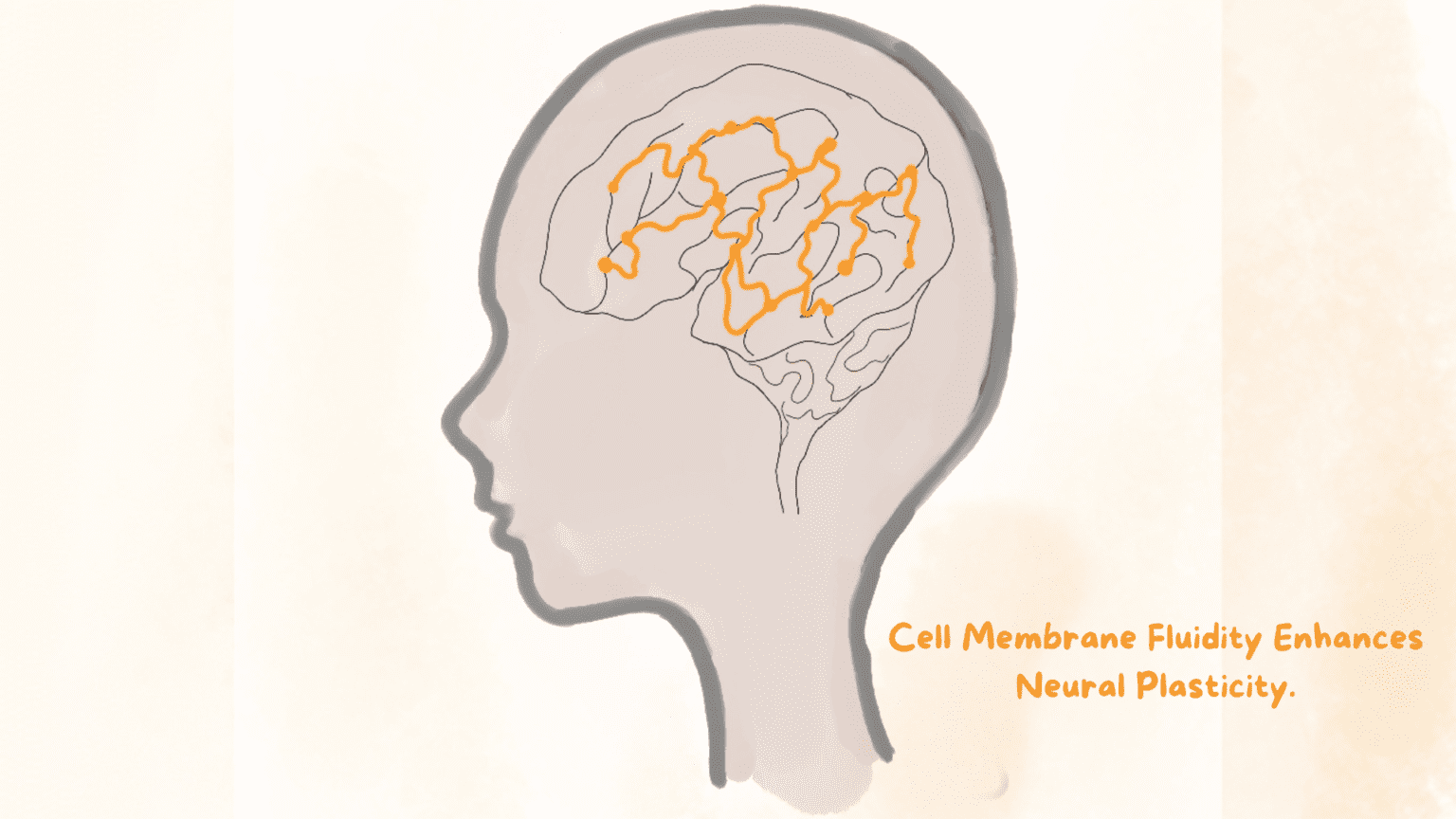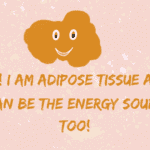Omega-3 fatty acids induce fluidity in neuronal membranes that improve brain health Omega-3 fatty acids, the polyunsaturated fatty acids, are fairly constructive for neural and retinal health. DHA (docosahexaenoic acid) and EPA (eicosapentaenoic acid) are the two major forms of omega-3 fatty acids. Fatty fish like salmon and mackerel are the rich dietary sources for DHA and EPA. Diet is the main source of omega-3 fatty acids, but the body can also generate them from other fatty acids. They are well-known for their integral role in the fetal brain and eye development.
Besides their significant contribution to the brain development, omega-3 fatty acids are also advantageous for the heart, eyes, and joints. Omega 3 fatty acids are one of the influential foods for boosting sperm vitality. Their anti-inflammatory nature prevents inflammation in multiple body regions by competing with Arachidonic acid (AA). In this blog, we will pinpoint the membrane fluidity in association with omega-3 fatty acids.
DHA – An Omega-3 Fatty Acid
DHA is more concentrated in the brain and the retina of the eye. It is crucial for making the cell membranes flowy and malleable. Double-bonded structure of DHA makes it a very special entity for introducing pliability in the cell membranes. DHA is a long-chain, 22-carbon-containing unsaturated fatty acid. Double bonds at successive positions allow the molecule to deviate from the typical rigid structure. Bending at double bonds makes the cell membrane unrestrictive and more free in nature. When DHA is incorporated into the lipid bilayer, it makes the cell membrane go flowy in movement and somewhat less- viscous.
How DHA Makes the Cell Membranes Go Flowy?
The body consumes omega-3 fatty acids through diet. In some quantities, the body can also synthesize them from other fatty acids. Once they gain entry into the body, they bind to the Albumin (a carrier protein in blood plasma). Bound to albumin, they flow into the bloodstream until they reach their respective targets. The most common targets of DHA are neurons and the retinal cells. Once, they reach their target, they gain entry into the cells either through facilitated diffusion or through passive diffusion. Phospholipids are the primary building blocks of a cell membrane.
Large protein molecules, cholesterol deposits, and fatty acids are also incorporated into the phospholipid bilayer of the cell membrane. Through enzymatic activity, DHA is converted into fatty acids that can be integrated into the phospholipid bilayer. DHA, due to its kinks and twists, makes the cell membrane more flexible and bendy. Gel-like nature of the cell membrane after the incorporation of DHA molecules, enables it to boost the movement of receptors and protein molecules within it.

Why does membrane fluidity matter?
Is it good that omega-3 fatty acids incorporate themselves to enhance the liquid nature of cell membranes? But why we are giving so much importance to the viscosity of cell membranes? Let’s take a deep dive into the understanding of processes associated with the fluidity of the membrane.
Increased membrane fluidity of cells makes them more free in movement and less sturdy. This affects the movement of proteins, enzymes, and certain receptors within the cell membrane. Cells connect with the outside environment through cell signaling processes. How a cell responds to its outer environment depends upon its receptor’s efficiency. Membrane fluidity benefits the receptor’s efficiency by providing a relatively free medium for movement. Receptors become able to move less restrictively for efficient perception and further transmission. A study in Nature Reviews Neuroscience (2003) suggests that appropriate DHA levels in cell membranes enhance receptor mobility and functionality, making synaptic transmissions efficient.
The incorporation of DHA enhances the unsaturated nature of cell membranes. This property makes the cell membranes less susceptible to damage in harsh cold conditions. Unsaturated fatty acids are liquid and do not undergo thawing and freezing rapidly like saturated fatty acids. So, in cruel winters, it is advised to consume food that contains omega-3 fatty acids.
As explained earlier, DHA’s primary favorite place is the brain, and the secondary one is the retina. In this scenario, we will keep our focus on the brain cells (neurons). The brain is the hub of creative thoughts and cognitive systemic efficiency. It is the controlling center for all the processes taking place in our body. Apart from physical and typical mechanisms, let’s take a drive into the world of cognitive efficiency. Synaptic plasticity or neuroplasticity is the term used to explain this phenomenon. It refers to the property of neurons to modify, enhance, or strengthen their connections. Neurons communicate with each other at synapses.
The more a neuron is competent in making these connections, the more it will be adaptable to variations. In simpler words, more and more communication within neurons makes the brain creative, skillful, and intelligent.
Now, how the membrane fluidity play its role in Neural Well-Being?
Consider the phenomenon of membrane fluidity an upper hand to neuroplasticity. It is simple to imagine that how the flowy membrane can assist in modulating the connections. Neuronal membranes become more adaptive and affable after the introduction of DHA. Enhanced membrane fluidity has a profounding impact on boosting neuroplasticity i.e., modifying and strengthening existing connections and actively making new ones. Synaptic plasticity augments the cognitive skills of an Individual, thus improving overall brain health. Cognitive functions are more of a behavioral thing than a physical one. Physical neuroplasticity is the reason for the development of the behavioral character of the brain i.e., thinking patterns and interconnected cognitive skills.
As a summary of all this explanation, omega-3 fatty acids instigate fluidity in neuronal membranes. When membranes become malleable due to bends in the DHA structure, they make the neural connections more impactful. Fluid character makes the neurons more adaptable to the changes, which is the constant process for normal brain development. It creates an easy-to-go scenario for neurons to come in contact with each other and facilitates the release and transmissibility of neurotransmitters. This, overall improves the physiological, behavioral, and structural character of the brain.
Foods Rich in Omega-3 Fatty Acids
As food is the primary source of omega-3 fatty acids, the following foods are well-known for the high concentration of these polyunsaturated fatty acids in them.
- Fatty fish like salmon, mackerel, sardines, trout, etc.
- Fish oil that is easily available in supplemented or liquid form is concentrated in EPA and DHA.
- Those individuals who do not like fish or fish products can consume algal oil. Algal oil is a plant-based source of DHA.
- Flaxseeds and chia seeds both are rich sources of ALA (alpha-linolenic acid), a form of omega-3 fatty acids other than DHA and EPA.
- Walnuts are a rich source of them. The myths about the structural similarity of walnuts and the brain are true. Walnuts are valuable snacks for brain health.
- Soybean and soy-based products are the source of ALA. Edamame (young soybeans) are even tastier and richer source of ALA.




